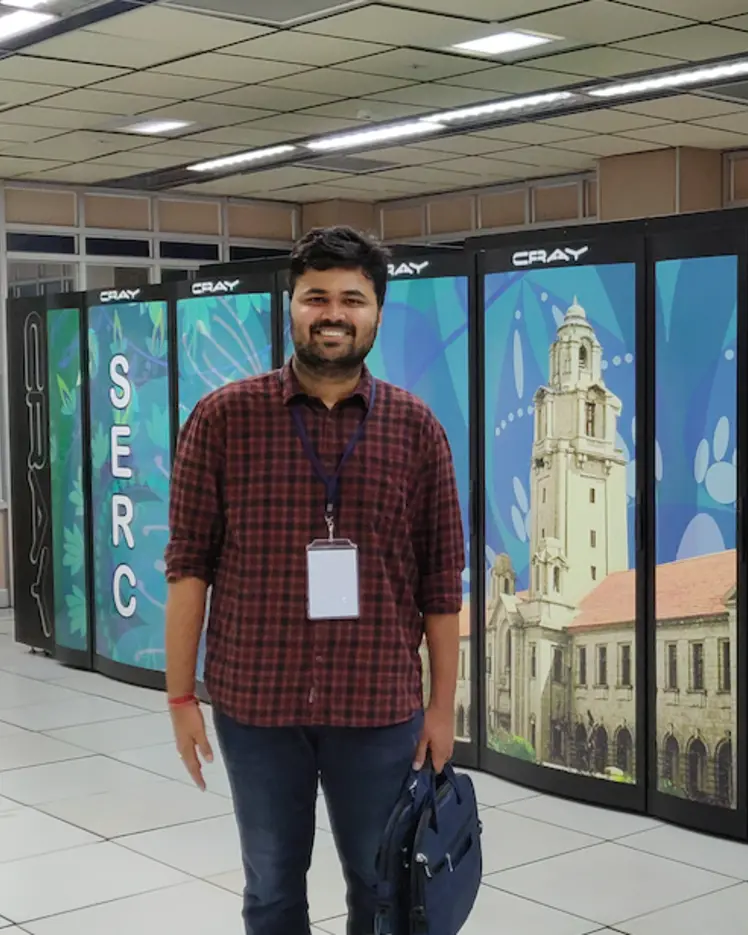
Sabyasachi Sahoo
PhD - Université Laval
Supervisor
Research Topics
Adversarial Robustness
Generalization
Large Language Models (LLM)
Lifelong Learning
LLM Agent
Online Learning
Out-of-Distribution (OOD) Detection
Out-of-Distribution (OOD) Generalization
Reasoning
Robustness
Transfer Learning


